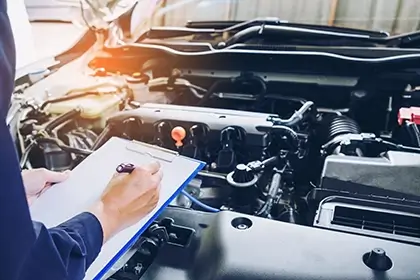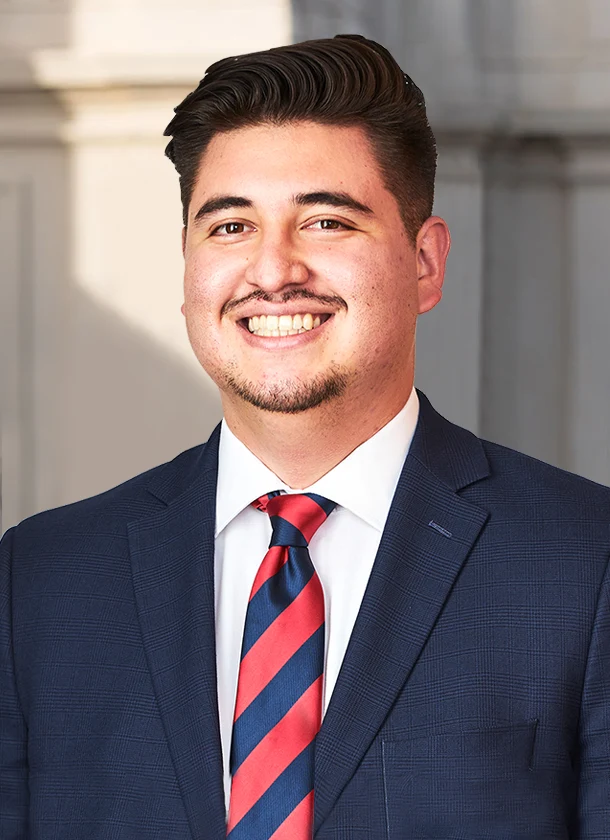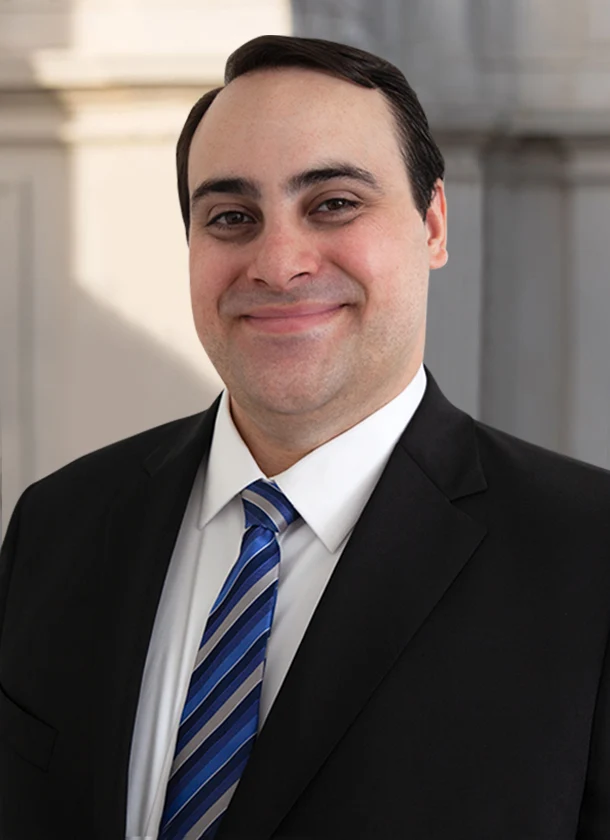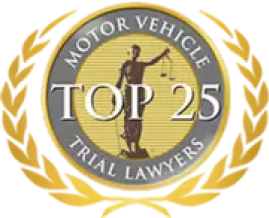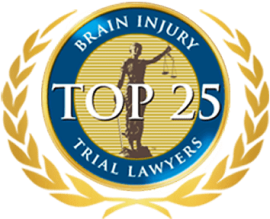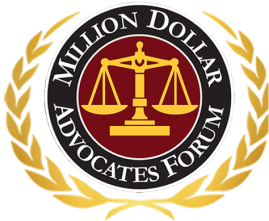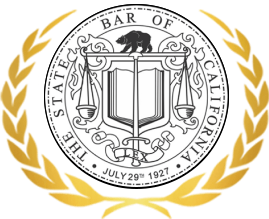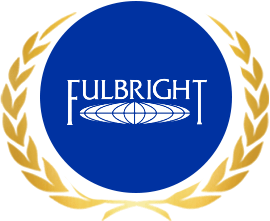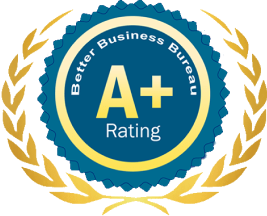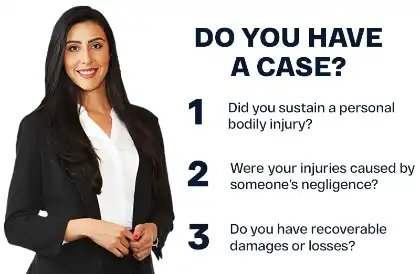TL;DR: Auto body shops inspect visible and hidden damage, including structural, mechanical, and safety systems. Pre-repair inspections identify all needed fixes. After repairs, a final check and test drive confirm the vehicle’s safety and functionality before release.
Table of Contents
Being injured in a car accident can be taxing, as it involves important steps to take afterward. One could involve starting an insurance claim for vehicle repairs.
When your car needs repairs after an accident, the inspection to assess the damage varies based on factors such as an auto body shop’s procedures, insurance requirements, and the accident’s details. Trained technicians check a vehicle’s mechanical parts and computer systems to identify any underlying damage. This underscores the importance of consulting a professional to evaluate the damage and suggest repairs.
Why Professional Inspections Matter For Hidden Car Damage
Hidden car damage might not be immediately noticeable. When a car crashes, the force of the impact can harm different parts and systems within the vehicle, not just what you can see on the outside.
- Structural Damage — An accident’s impact can damage a vehicle’s internal components, such as the frame or chassis. This structural damage may not be apparent by looking at the car’s exterior. However, it can affect the car’s safety and performance. If you’ve sustained such damage, calling a traffic accident lawyer can help you understand your legal options.
- Mechanical and Electrical Systems — Accidents can also affect vehicle mechanical and electrical systems. For example, damage to the engine, transmission, or wiring may not be immediately visible but can lead to issues with car functionality. If there’s been damage to components like brakes, which are essential for your car’s performance, you might want to consult a lawyer who has experience in brake failure accidents.
- Safety Systems — Current vehicles have various safety systems, such as airbags and seatbelt tensioners. These safety systems can deploy during an accident, and even if they’ve deployed, it may not be obvious from the car’s exterior. Inspecting and maintaining the proper functioning of these safety systems is very important. Defective airbag attorneys can help if you discover that the airbags didn’t deploy as expected.
- Fluid Leaks — Accidents can result in fluid leaks, such as oil, coolant, or brake fluid. These leaks might not be visible initially, but they could cause further damage or safety hazards if not detected and addressed.
- Alignment and Suspension — Damage to a car’s alignment or suspension might not be immediately visible, but it can affect handling and safety on the road.
- Internal Components — Damage to internal components, such as the exhaust system or the vehicle’s computer systems, might require a more thorough inspection beyond what is visible outside.
Auto body shops have trained technicians who examine both visible and hidden damage post-accident. They use specially-designed tools to comprehensively assess the car’s condition so that all issues are identified and fixed during repairs, making the vehicle safe on the road.
Components That Need Repair After Car Accidents
After a car accident, your vehicle’s safety and functionality are a priority. Several components must be addressed to restore its integrity, from structural elements like the frame to critical safety features such as airbags and brakes.
Here’s a guide to the critical repairs that need immediate attention to support a safe and functional return to the road after a collision.
- Prioritize crucial car components post-collision for safety and functionality.
- Address components such as the frame or chassis to maintain structural integrity.
- Inspect and replace deployed airbags and seatbelts to safeguard occupants.
- Repair brake and suspension systems for proper handling and safety.
- Repair damaged lights and signals for road visibility.
- Maintain proper wheel alignment to prevent handling issues and uneven tire wear.
- Inspect and repair damaged tires to prevent future blowouts.
- Assess engine and transmission functionality for overall performance and safety.
- Pay attention to electrical systems, glass, and exhaust systems.
- Complete the restoration of safety features like anti-lock braking systems (ABS) for optimal safety.
- Check if all components are in good working condition for a safe return to the road after a collision.
Pre-Repair Inspections For Vehicles
A thorough pre-repair inspection is critical to streamlining your vehicle’s repair process. By having a comprehensive inspection before repairs commence, you can avoid the inconvenience and extra costs associated with multiple visits to the repair shop due to unnoticed issues or hidden damage. This approach aims to address all necessary fixes in a single visit, minimizing expenses and simplifying the repair process for mechanics.
Moreover, the inspection process often results in the creation of a detailed, written estimate that itemizes the essential repairs your vehicle requires. This estimate offers transparent visibility into all necessary work and associated costs, providing you with a detailed breakdown of expenses for each repair. Consequently, as the mechanics begin working on your vehicle, you’ll understand the required repairs, reducing the likelihood of confusion during the repair process.
Blueprinting And Teardown In Collision Repair
Auto body technicians create a detailed blueprint to thoroughly understand your car’s condition. This involves disassembling the vehicle to uncover hidden damage missed during the initial visual inspection. Reputable repair shops will immediately inform you and your insurer about any additional damage found, adjusting the repair cost estimate accordingly.
Some insurance companies might require disassembly before processing your claim to thoroughly document all damages, preventing future cost adjustments and deterring fabricated claims.
You have the final say on when repairs begin. If your vehicle is still drivable, you can delay repairs until all the necessary materials are available. Before authorizing the repair shop to start, verify that all details are settled with your insurance company for a smooth repair process.
How Will I Know How Much The Repairs Cost?
Upon visiting an auto body shop, you should receive a repair estimate detailing the necessary parts and labor costs. Most shops provide complimentary inspection estimates. It’s vital to thoroughly review this estimate and ask questions to understand the repair details and associated expenses before any work begins.
Post-Accident Car Inspection Checklist And Safety Measures
After you get your car back from the body shop following an accident, here are some important steps to confirm if it’s performing well, safe to drive, and ready for the road:
- Start by conducting a comprehensive inspection of your vehicle, inside and out, to verify that all necessary repairs have been completed to your satisfaction.
- Take your car for a test drive, paying careful attention to any unusual sounds, vibrations, or handling problems.
- Keep thorough records of all paperwork, invoices, and receipts related to the repairs, as these will be essential for insurance claims and future reference.
- Verify the proper functioning of safety features like airbags and seatbelts.
- Double-check that the wheels are correctly aligned and balanced for optimal performance.
- Examine the paint job for consistency and quality, carefully looking for imperfections or color mismatches.
- Check if the vehicle is mechanically sound and clean, inside and out. This may include a thorough wash and interior cleaning.
- Inspect all fluid levels, including oil, coolant, brake fluid, and windshield washer fluid, and top them up or replace them as needed.
- Maintain the correct tire pressure for safety and fuel efficiency.
- Stay in touch with the auto body shop and monitor your car’s performance post-repair, addressing any issues promptly.
By following these steps, you can confirm your car is properly repaired and ready for the road ahead.
Final Inspection And Delivery Process
During this meeting, you’ll receive a detailed breakdown of all repairs and replacement parts involved in the car’s restoration and a final cost breakdown presented by the technician.
Before taking possession of your vehicle, thoroughly inspect the interior and exterior to verify that the work meets your standards. It’s recommended not to take the keys until you’re completely satisfied with the collision repair quality. If any issues are observed, feel free to point them out.
Moreover, the repair technician or collision repair representative will provide guidance on future steps, such as regular check-ups and paint care. If applicable, they will also explain the auto body repair warranty.
Contact Arash Law For Legal Guidance
Managing the legal aftermath of a car accident can be challenging and overwhelming. At Arash Law, we are committed to assessing how we may assist with this process. We have experience handling different kinds of personal injury claims arising from car collisions. We can manage communications with insurance providers, help you retrieve your vehicle, and work to pursue compensation on your behalf.
We serve clients throughout California, including in Los Angeles, San Jose, San Francisco, Sacramento, San Diego, Bakersfield, Fresno, Anaheim, Riverside, San Luis Obispo, Santa Ana, Oceanside, Santa Rosa, Glendale, Fremont, San Bernardino, and Visalia. Our dedicated legal team is available to answer your questions and discuss your legal options.
Contact Arash Law at (888) 488-1391 for a complimentary case evaluation. Our team has helped injured clients across the state seek compensation for their losses. We are committed to advocating for their rights throughout the claims process and are ready to see if we can do the same for you.


